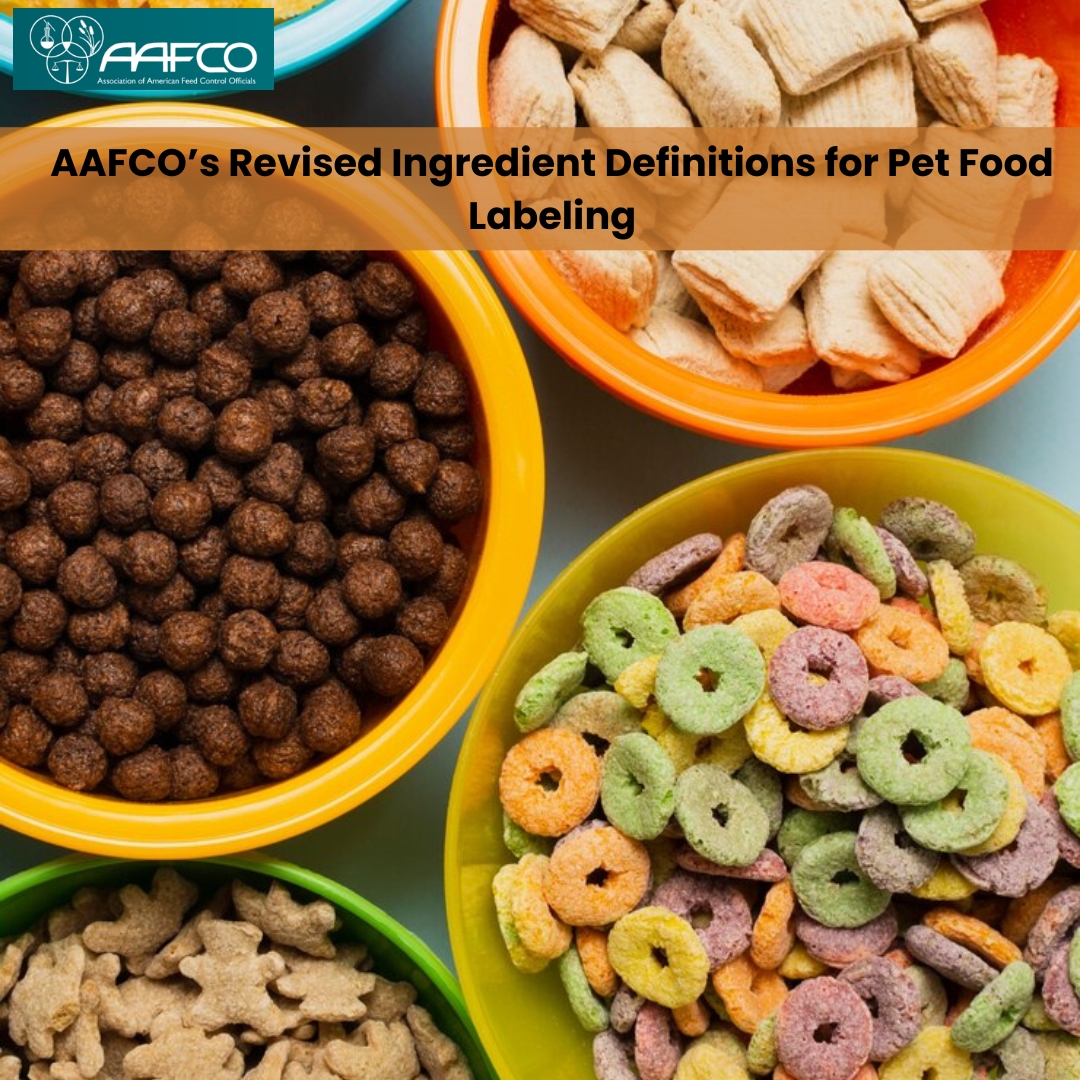5. Intended Use Statement
The other major change is the inclusion of the word “complete” on the front panel of pet food labels that are AAFCO-certified for being complete and balanced. The full statement must then designate the intended species and any limitations on life stage and/or size: “Complete Adult Cat Food” or “Complete Food for Puppies (< 70 lb. as an adult).” The “complete” statement must be equal to or greater than the size of the net weight statement and should use the same font style.
The veterinarians should recommend that complete food formulated for the species, life stage, and size of the pet provide at least 90% of its daily calorie intake to ensure proper nutrition.






